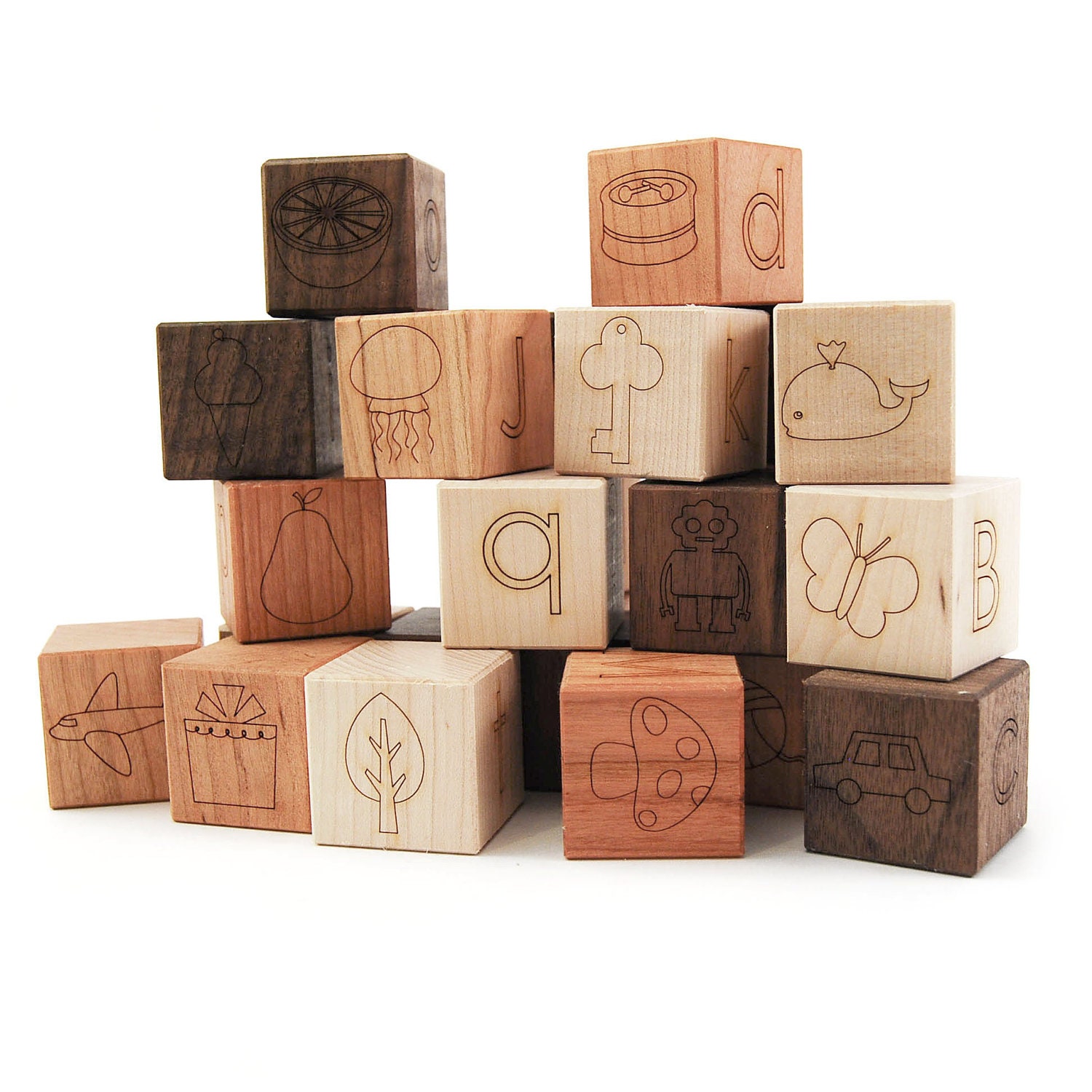After looking at a number of age groups, I’ve narrowed down on a core concept, age group and time-frame for the final outputs of the project.
My target audience are mainly children of 5 to 7 years. I have established this as the age group to help me understand what kind of visual language and tone I can use to create the animation. Eventually, I hope that the animation films appeal to a larger audience.
The idea is to work with alphabets of the english language. The alphabets can speak of various species of plants, animals, insects, etc. Described below are a few concepts that describe this idea better..
1. This is the idea. Each alphabet will speak of a species. For example, it will start of with - A is for ant.. followed by one or two lines of a fact about the ant, like - Ants are capable of lifting up to 50 times their own weight. These will be short fillers of about 10 to 15 seconds each. Essentially, there will be 26 of these fillers. One for every alphabet. If required, a few of these can be clubbed together to form a longer animation film.
The above idea works well for 5 to 7 year old children. But I still feel that it should have one more layer to make is slightly more dynamic as an idea. Below are a few ways in which I intend to achieve this..
2. I can use spaced and geographical locations to give the species some context. The space could be a garden, a lake or a pond, a river, a dessert, etc. It could even be elements such as water, snow, land, air. This way, there would be an added layer of information which would stitch these species together.
For example - W if for whale, A is for archerfish, T is for tiger shark, E is for eel and R is for ray. What’s common between a whale, archerfish, tiger shark, eel & ray? W-A-T-E-R!
3. Another idea addresses the importance and interactions with other species in their ecosystems. This one is context and scenario driven more than geographical landscapes or spaces. The whole alphabets system may not be very relevant here since it is more about the biogeography here that matters most. But this kind of information is a little more complex for 5 to 7 year olds since topics such as symbiosis and coexistence would probably be a little difficult for them to understand.
For example - The demand for frog legs went up due to which frogs were killed. This led to an increase in insects which used to be consumed by the frogs, causing many more crops being destroyed by these insects. So the species here would be frogs, the concerned insects and the crop.
4. This idea I feel works best at this stage. It again uses the alphabets for species of animals but it also talks about qualities, attributes, traits, etc. of the species.
For example - B is for big. B is for blue whale. The blue whale is the biggest mammal to ever exist on earth.
An addition to this would be using comparisons to humans which would help the children understand the information much better.
For example - When we talk about the ant being able to lift up to 50 times it’s own weight, show a human picking up something that is 50 times his own weight.


No comments:
Post a Comment